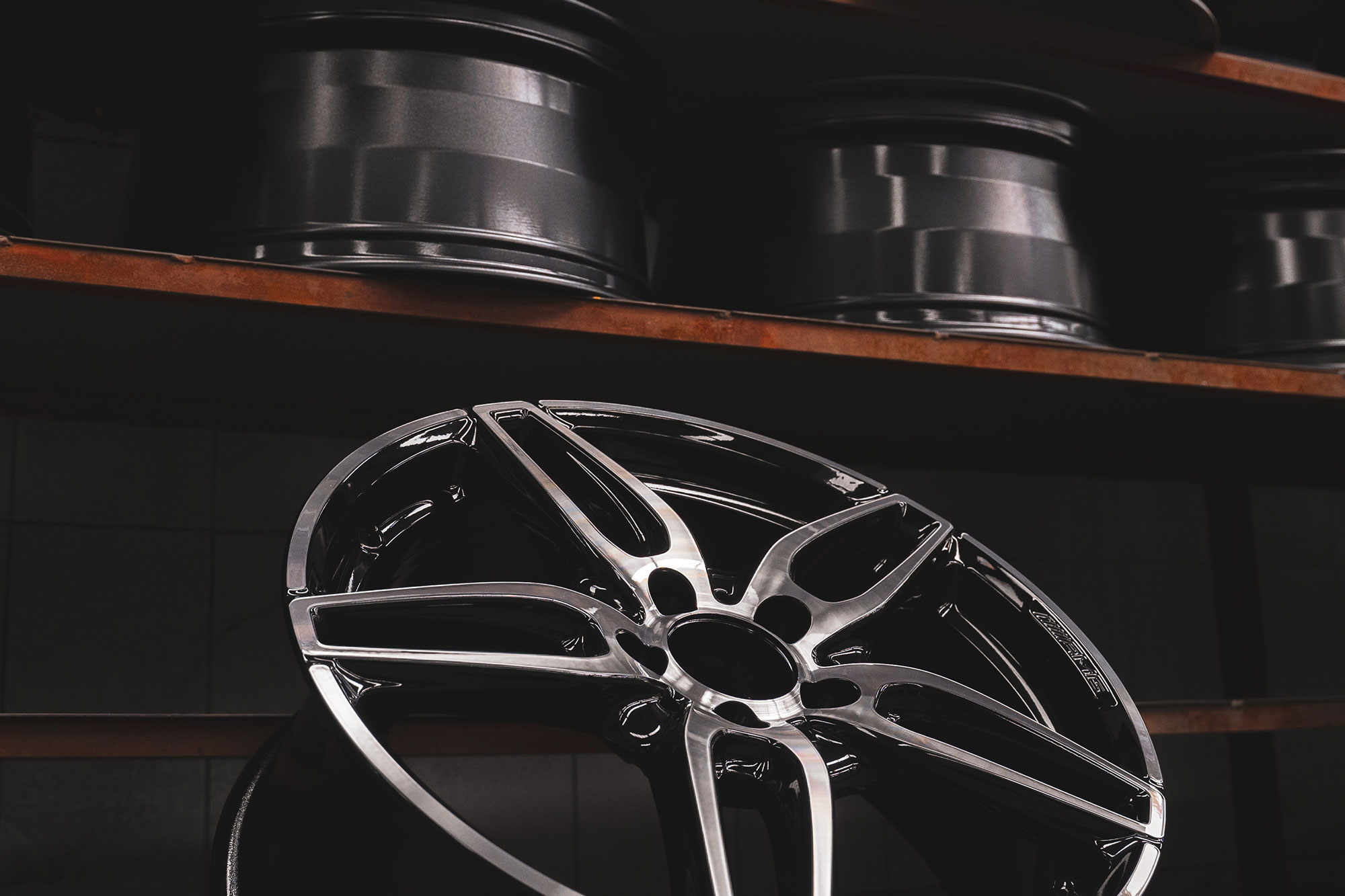How to Identify the Right Auto Part for Your Vehicle

Finding the right auto parts is crucial when it comes to maintaining and repairing your vehicle. Whether you’re a DIY enthusiast or simply want to be more proactive in ensuring your car’s longevity, understanding how to identify and choose the correct auto parts for your vehicle is essential.
In this guide, we’ll walk you through the process of picking your own auto parts to repair your vehicle, covering everything from reading automotive part numbers to understanding specifications and ensuring compatibility with your car model.
Decoding Automotive Part Numbers
Let’s start from the top. When searching for car parts, you often encounter complex part numbers. Understanding how to decode them can be a game changer – saving you significant time and ensuring you select the right component.
Here are a few key tips when diving into the numbering system for parts.
Breaking Down the Numbering System
Part numbers typically consist of a combination of letters, numbers, and symbols. The key is to understand their meanings and significance. For example, the first few digits may represent the manufacturer or the specific category of the part. We dive into what each number and symbol means in another blog post: Decoding Automotive Part Numbers.
Identifying Key Specifications Within The System
Pay attention to digits or letters within the part number that indicate important specifications such as size, capacity, or compatibility. This information helps ensure you choose the right part for your vehicle and don’t get stuck with something that doesn’t meet your vehicle’s specifications.
Understanding Part Specifications
Each auto part has specific specifications that determine its ability to fit in with your vehicle. Ensuring that you go beyond just the numbers and understanding the specifics of your vehicle helps avoid mistakes and purchasing parts you ultimately don’t use.
Researching Your Vehicle’s Requirements
Consider your manual your vehicle bible. Consult the manual or conduct online research to understand the specifications of the part you need. Key specifications include dimensions, materials, weight, and electrical or mechanical ratings.
Quality Considerations
While price may be a determining factor, prioritize quality when selecting auto parts. Genuine or OEM (Original Equipment Manufacturer) parts are specifically designed for your car and offer better performance and longevity.
Ensuring Compatibility with Your Car Model
To avoid purchasing an incompatible part, take the following steps.
Cross-Reference Part Numbers:
Cross-reference the part number you obtained with those recommended for your car model. This helps verify compatibility and reduces the risk of purchasing the wrong component.
Use Online Resources and Tools
Several online platforms and databases provide compatibility information. Utilize them to search for the correct parts based on your vehicle’s make, model, and year.
By learning how to read automotive part numbers, understanding specifications, and ensuring compatibility, you can confidently find the right auto parts for your vehicle.
Remember to research, cross-reference, and prioritize quality to ensure optimal performance and safety. Now you’re equipped to embark on your car part replacement journey with confidence and peace of mind.

